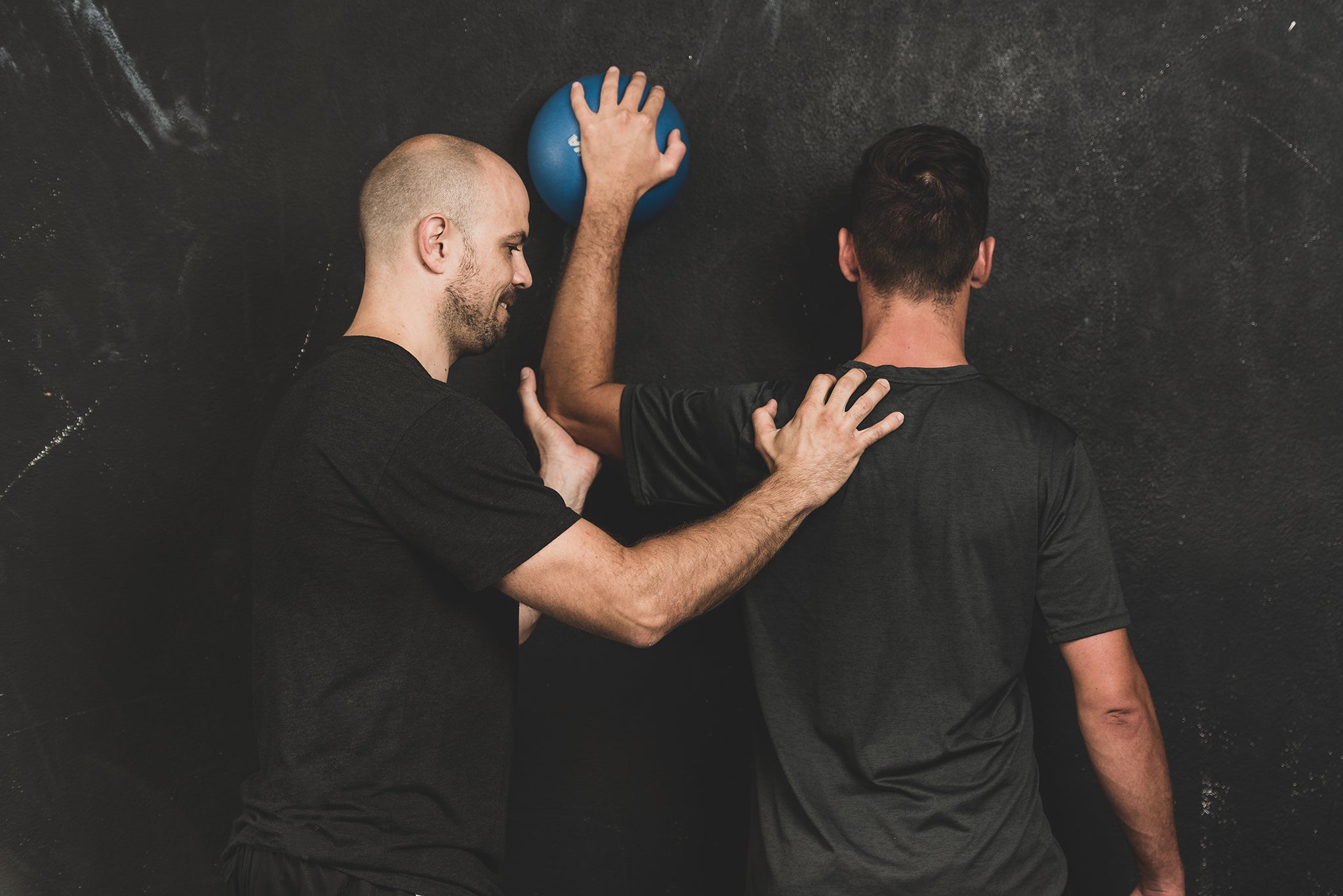
3 Reasons Why You Can’t Train Clients Like Athletes
Yes, we believe everyone should train to be athletic and competent in the basic athletic skills and movements, and we firmly stand behind this when we design our programmes and training cycles. However, there are several reasons why your training programme should not, and in reality, can not look like that of a professional athlete. I’ll give you three reasons why you can’t train clients like athletes and what you can do about this when setting out your training plan.
1) They can’t recover like an athlete
Remember that last job deadline that had your client up until 2 a.m., after which they got up at 6 a.m. to crush the morning workout as they had an afternoon meeting scheduled which meant they couldn’t get your workout in later on? Well, there’s a reason one of the most important parts of an athlete’s schedule is recovery, both active and passive. You may think athletes have a really exciting routine, what with all the competitions and training sessions, yet most of the time they are (or at least they should be) recovering between training sessions, lying or sitting down, eating and sleeping. This last element, in addition to nutrition, is key to athletic performance in terms of recovery. And while your clients may be getting enough sleep (7 hours is though to be the minimum for adequate recovery when you are training hard, although this differs from person to person), they’ve probably got other things in your life that they worry about more than just hitting PRs in the gym. Say, for instance, spending time with their kids, earning enough to pay the bills, travelling for work, building or renovating their home, all of which brings a certain amount of stress that their body also has to neutralise and recover from or adapt to. And while athletes are also human and may share some of this stress, they don’t have to worry (in the most part) about having daily tasks and jobs to attend to and deadlines to meet, and are able to focus on their recovery. Therefore, when designing a training plan, keep in mind that “the best workout is the one that you can recover from”.
2) They need diversity in their training
Athletes have specific goals, whether they are training for the Olympic games, a marathon, or are part of a team sport setup and train for weekly games. This means that their training will not deviate too much over the course of the season, either in the weight room or on the field. Of course a small percentage of training should be varied in order to keep the athlete engaged in the training process and motivated, but motivation at this level shouldn’t really be a factor.
On the contrary, your regular gym clients may have trouble sticking to a training routine that will see them do the same workouts (save for different set and rep schemes) over a 4-week or even 8-week training block. Yet we know based on scientific research that sticking to a training plan yields best results, so how do we incorporate diversity into a set training programme? Well, it’s here that the art of coaching comes into play. Coaches should be able to adapt the training to stimulate the client enough to keep them motivated, yet retain the core of the workout to ensure maximum results are achieved. This is best achieved by manipulating the warm-up routine; switching the structure of finishers, drop sets or density sets. Always keep in mind that when the goal of your workout is not pure strength but rather explosive power, plyometrics or energy system development, there are almost countless tools that you can use to keep your clients engaged; the point is to stay true to the PURPOSE and OUTCOME of the workout and the overall training plan.
3) Because there’s no off-season
Athletes have an off-season for a reason: their bodies need to recover from a grueling competitive schedule, their central nervous system needs a rest and they need a mental break from training and competition in order to come back stronger the following season. And while your clients will also go off on holiday to recharge their batteries, you won’t have the luxury of manipulating their training blocks to maximise performance. Yes, perhaps they are training for a competition themselves or have a defined goal they want to achieve (like squat a certain weight or reach a certain percentage of body fat), but our mission as coaches should be to engage them in the training process for a lifetime; to make the client understand that training (and in particular, movement) is a lifelong project that goes beyond sets, reps, and numbers. Clients may undulate in their weight, their strength and their body composition, and ultimately these variables will determine their motivation, but only when we are able to engage someone in the process of regular training and movement, which is he result of intrinsic motivation, will we create a relationship between the client and movement in the same way that we engage athletes with our training plan.

